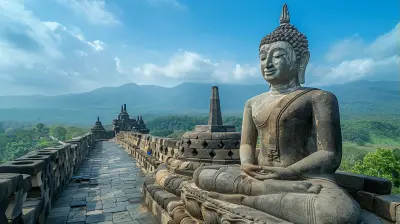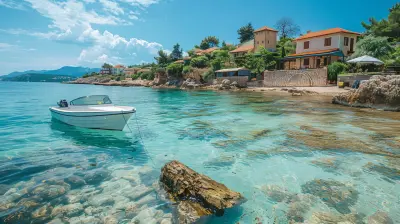How to Use Shadows Creatively in Your Travel Photos
23 September 2025
When it comes to travel photography, light is usually the star of the show. But what about shadows? These often-overlooked elements can add depth, mystery, and drama to your photos, turning an ordinary shot into something truly eye-catching. So, how can you use shadows creatively in your travel photos? Let’s dive in. 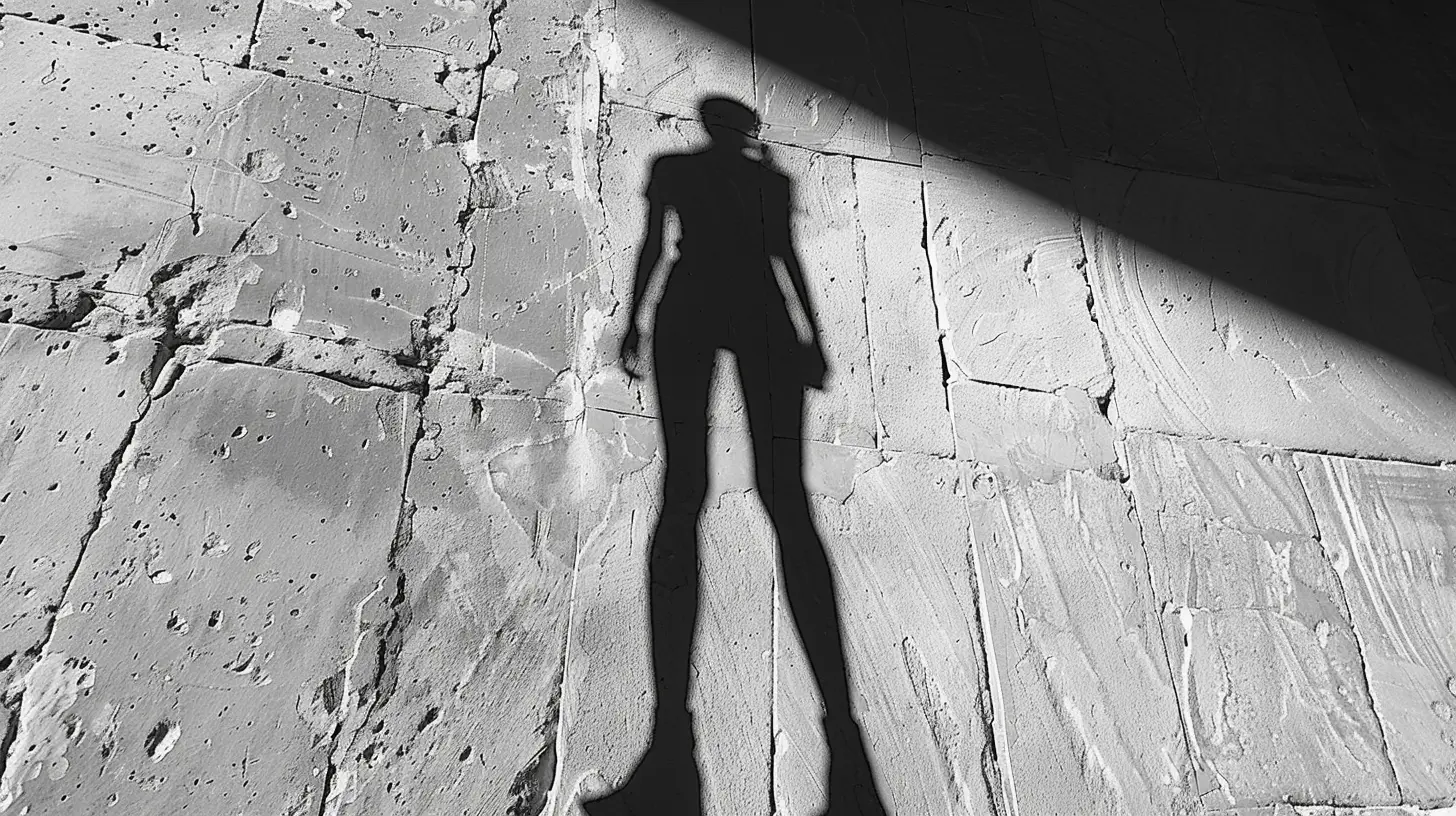
Why Shadows Matter in Travel Photography
Shadows are more than just the absence of light. They add texture, create contrast, and enhance composition. Think about the long, dramatic shadows at sunset or the playful patterns created by window blinds. When used creatively, they can take your travel photography to the next level.- They Add Depth – Shadows help create a sense of three-dimensionality in your photos, making them feel more immersive.
- They Create Mood – Depending on how you use them, shadows can evoke feelings of mystery, romance, or even eeriness.
- They Enhance Composition – Shadows can lead the viewer’s eye to important elements, frame your subject, or balance out a shot. 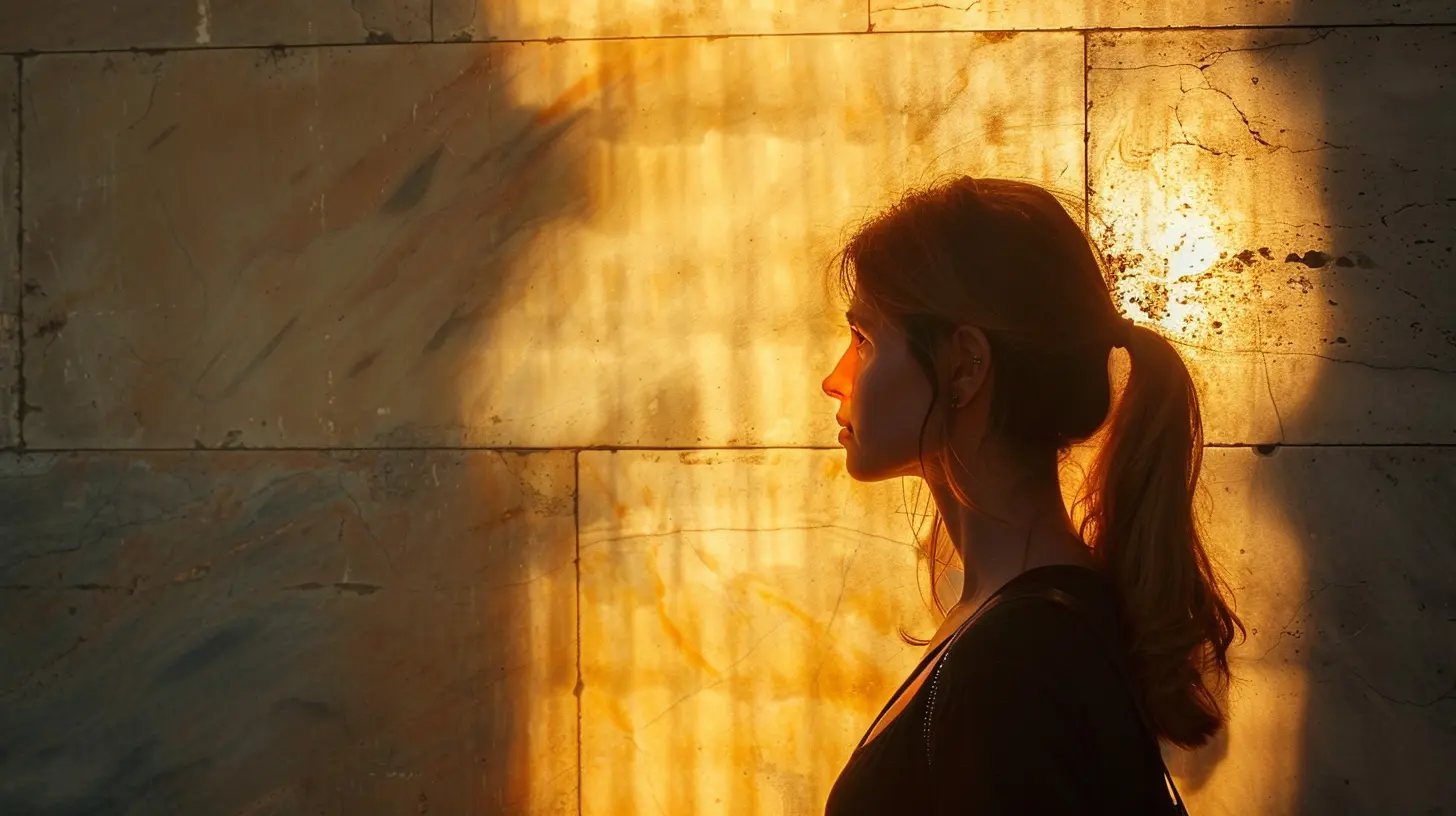
Best Times to Capture Shadows
Shadows change throughout the day, so knowing when to photograph them is key.Golden Hour (Sunrise & Sunset)
This is the best time for long, soft shadows. The low angle of the sun creates dramatic effects without the harshness of midday light.Midday Sun
Yes, midday light is harsh, but it also creates sharp, high-contrast shadows. This is great for capturing bold patterns and silhouettes.Blue Hour (Just After Sunset or Before Sunrise)
Since the light is soft and diffused, shadows are more subtle. This is perfect for moody, atmospheric shots.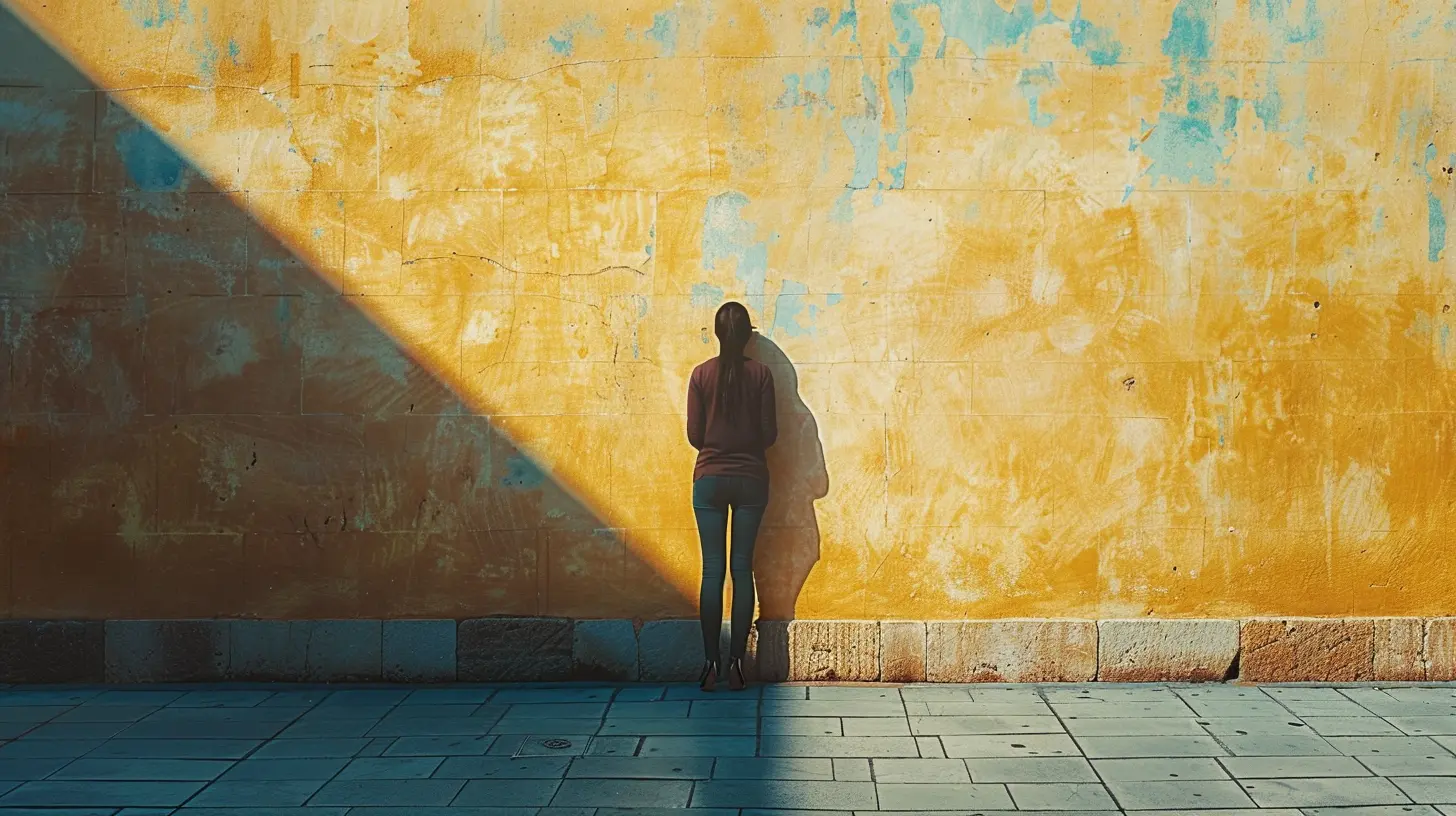
How to Use Shadows Creatively in Your Travel Photos
1. Capture Dramatic Silhouettes
Silhouettes are one of the easiest ways to use shadows creatively. Position your subject in front of a bright background (like a sunset or city lights) and expose for the background, allowing the subject to turn into a shadowy figure.📌 Pro Tip: Try this technique with people, animals, or iconic landmarks for stunning results.
2. Look for Interesting Shadow Patterns
Shadows can add texture and intrigue to an otherwise simple shot. Look for shadows from trees, fences, window frames, or even people walking by.📌 Pro Tip: Play with contrast—black-and-white photography enhances the drama of shadows beautifully.
3. Use Shadows as Leading Lines
Leading lines are a powerful compositional tool, guiding the viewer’s eye through the image. Shadows from staircases, railings, or streetlights can create natural leading lines that make your composition stronger.📌 Pro Tip: Position yourself so that the shadow draws attention to your subject.
4. Play with Double Exposure Effects
If your camera or editing software allows, try layering multiple exposures. This can create artistic effects using both shadow and light to tell a deeper story in your travel photography.📌 Pro Tip: Double exposure works well in urban settings where artificial light and shadows interact in unique ways.
5. Use Shadows for Framing
Just like physical objects can frame a scene, shadows can do the same. Look for natural shadow frames—perhaps the outline of an arched doorway or the shadow of an overhanging tree.📌 Pro Tip: Use buildings, bridges, or even people’s silhouettes to frame your shot creatively.
6. Create Mystery and Mood
Shadows have a way of making an image feel mysterious. Imagine a shadowy alleyway in an old European city or the faint outline of a traveler under dim streetlights—that’s storytelling at its finest.📌 Pro Tip: Experiment with underexposure to deepen shadows and enhance the suspense.
7. Capture Shadows as the Main Subject
Who says the subject of your photo has to be the object itself? Sometimes, the shadow is the star. Look for shadows that form unique shapes or illusions, like a person’s shadow on a textured wall.📌 Pro Tip: Shoot from a high angle to focus directly on the shadow while keeping the source out of the frame.
8. Play with Color and Shadows
Shadows don’t always have to be dark and moody. In colorful places like Morocco or Santorini, shadows create fascinating contrasts against vibrant backgrounds.📌 Pro Tip: Pair shadows with pastel-colored walls or bright murals for a visually striking effect.
9. Highlight Texture with Shadows
Rough, textured surfaces like cobblestone streets, sand dunes, or ancient brick walls interact beautifully with shadows, adding dimension and drama to your shots.📌 Pro Tip: Side lighting enhances texture—shoot during the golden hour to make details pop.
10. Experiment with Abstract Shadows
Sometimes, the best photos are open to interpretation. Shadows can create surreal, abstract images when captured at just the right angle.📌 Pro Tip: Try using a prism or reflective surface to manipulate shadows in an artistic way. 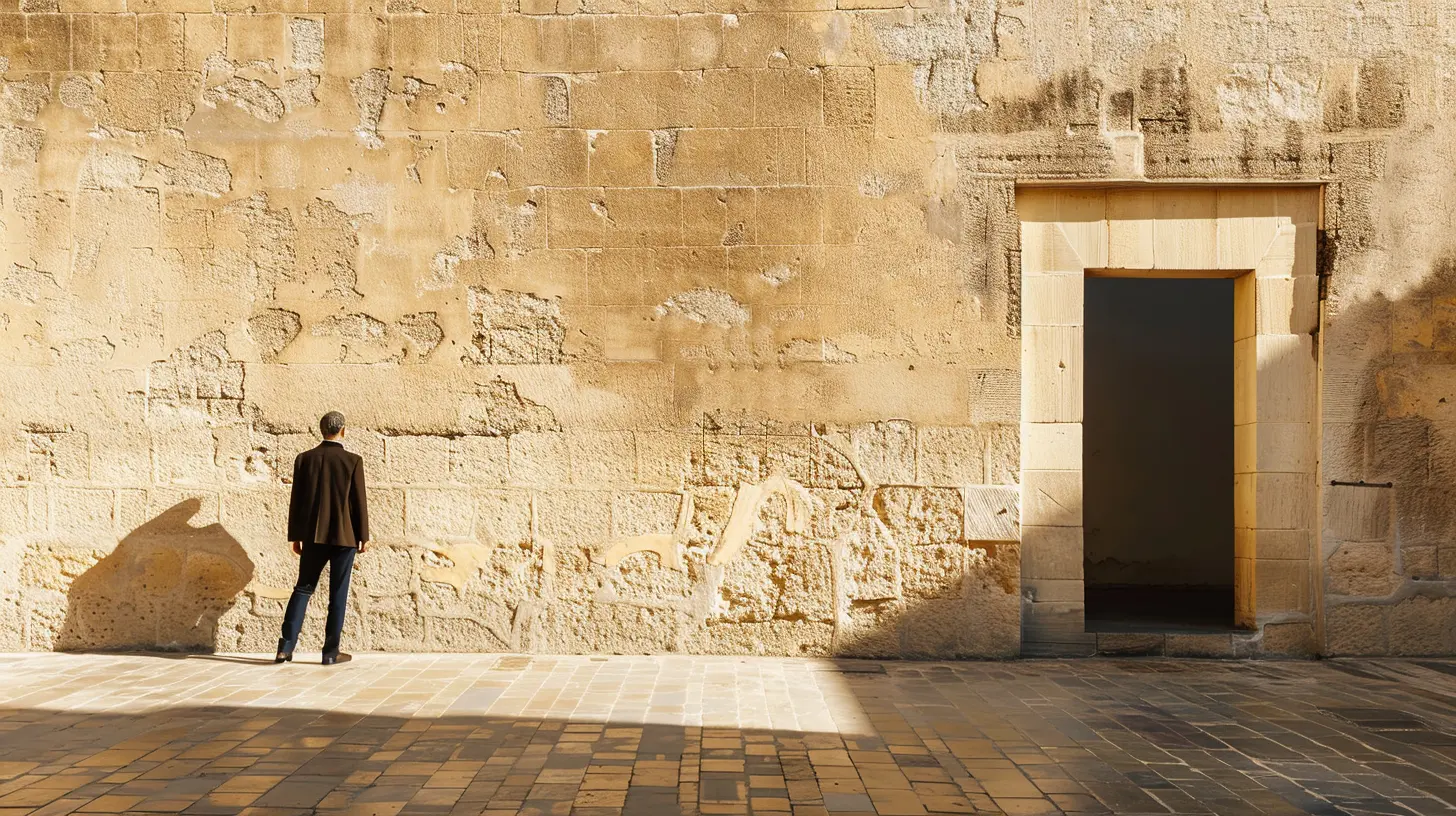
Bonus: Editing Tips to Enhance Shadows
Even the best shots can be made better with a little post-processing. Here’s how to tweak shadows for maximum impact:- Adjust Contrast: Increasing contrast makes shadows pop, enhancing depth and drama.
- Play with Curves: Use the curves tool in Lightroom or Photoshop to fine-tune highlights and shadows.
- Dodge & Burn: Selectively darken or lighten areas to emphasize shadow details.
- Convert to Black & White: Stripping away color often highlights shadow patterns more effectively.
Conclusion
Shadows are an underrated yet powerful tool in travel photography. They add depth, drama, and creativity to your shots—whether it’s a striking silhouette at sunset, an intricate shadow pattern on a cobblestone street, or moody lighting in a hidden alleyway. So next time you’re out capturing your travels, don’t just chase the light; embrace the shadows too. Who knows? Your best shot might be hiding in the dark.all images in this post were generated using AI tools
Category:
Photography TipsAuthor:

Shane Monroe
Discussion
rate this article
1 comments
Quentin Miller
Let your shadows tell a story!
September 30, 2025 at 5:03 AM

Shane Monroe
Absolutely! Shadows can add depth and intrigue to your photos, making them tell a unique story. Embrace their shapes and patterns to enhance your travel narratives!
